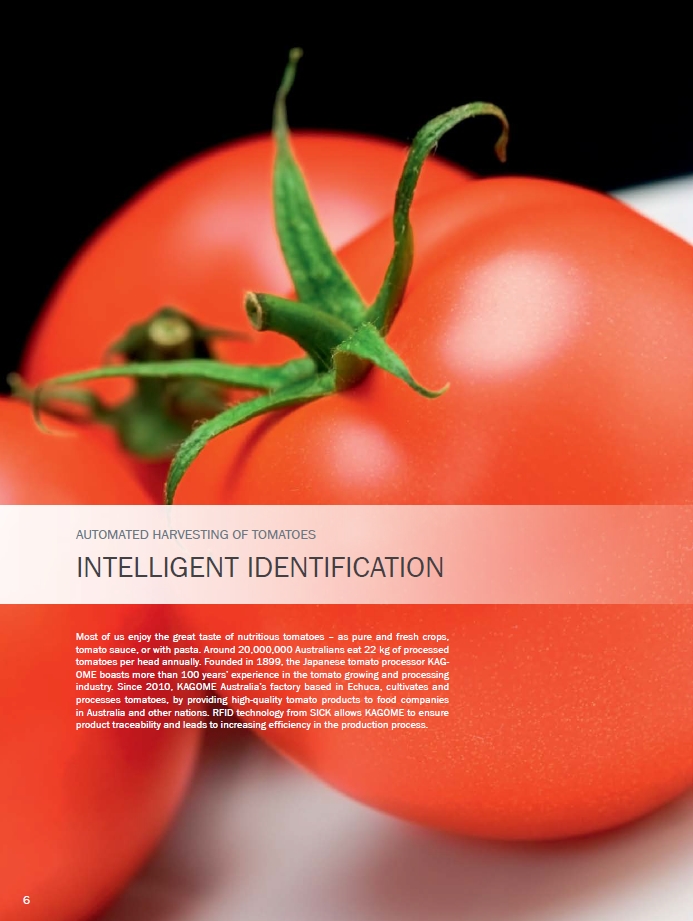Respect for your privacy is our priority
The cookie is a small information file stored in your browser each time you visit our web page.Cookies are useful because they record the history of your activity on our web page. Thus, when you return to the page, it identifies you and configures its content based on your browsing habits, your identity and your preferences.
You may accept cookies or refuse, block or delete cookies, at your convenience. To do this, you can choose from one of the options available on this window or even and if necessary, by configuring your browser.
If you refuse cookies, we can not guarantee the proper functioning of the various features of our web page.
For more information, please read the COOKIES INFORMATION section on our web page.


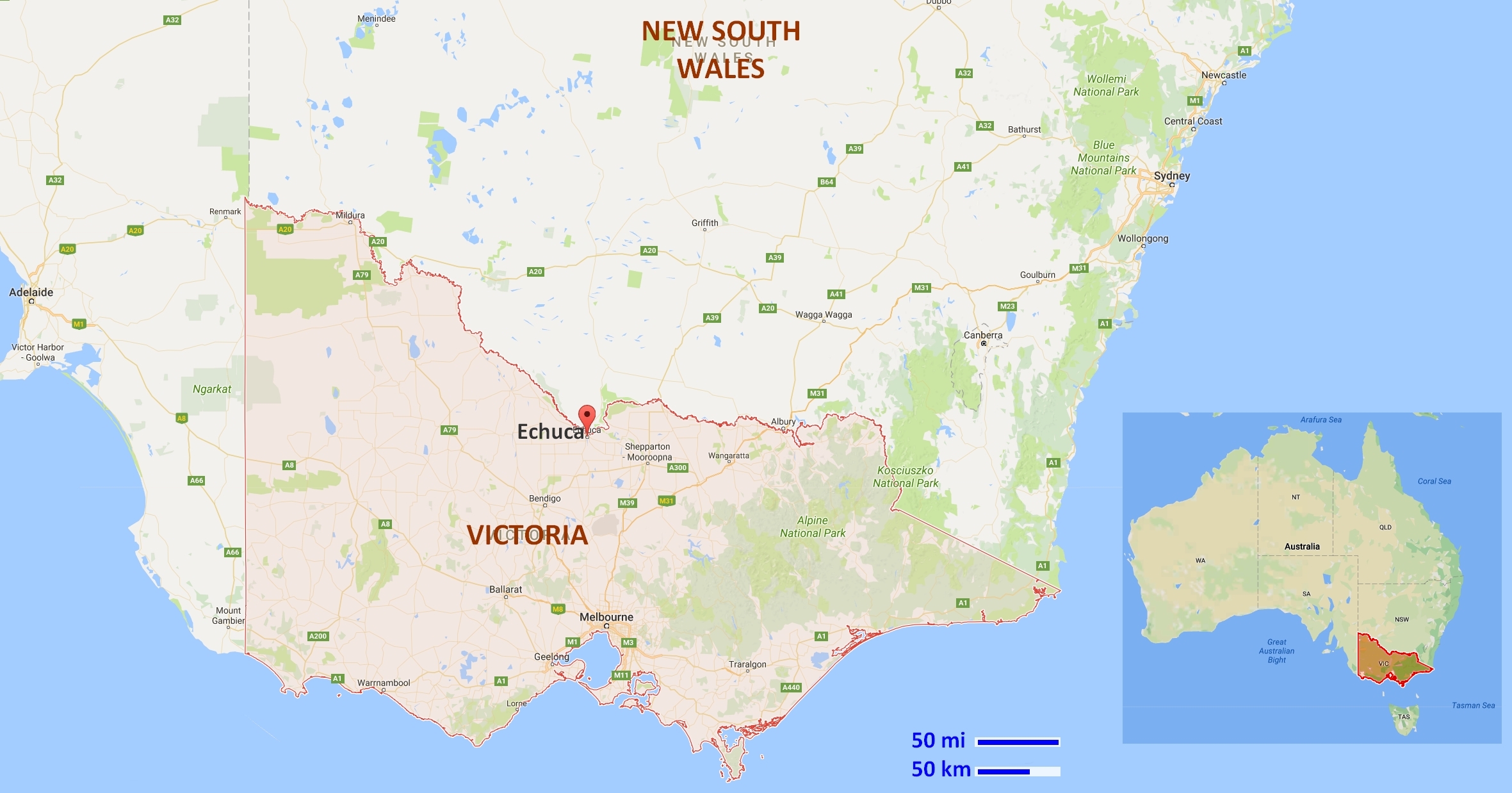 During tomato harvest time – February to April – in the state of Victoria, Australia’s premier tomato processor, Kagome, processes around 180 tonnes of tomatoes every hour, 24 hours a day, for 70 days straight (about 300 000 tonnes in total, editor’s note). More than 4 000 tonnes of tomatoes are processed each day and, by the end of the season, 40 000 tonnes of tomato paste and diced tomato products have been made. The plant supplies bulk diced tomato to companies like Simplot, as well as pastes and other bulk products to Yum! Brands (owners of Pizza Hut, KFC and Taco Bell).
During tomato harvest time – February to April – in the state of Victoria, Australia’s premier tomato processor, Kagome, processes around 180 tonnes of tomatoes every hour, 24 hours a day, for 70 days straight (about 300 000 tonnes in total, editor’s note). More than 4 000 tonnes of tomatoes are processed each day and, by the end of the season, 40 000 tonnes of tomato paste and diced tomato products have been made. The plant supplies bulk diced tomato to companies like Simplot, as well as pastes and other bulk products to Yum! Brands (owners of Pizza Hut, KFC and Taco Bell).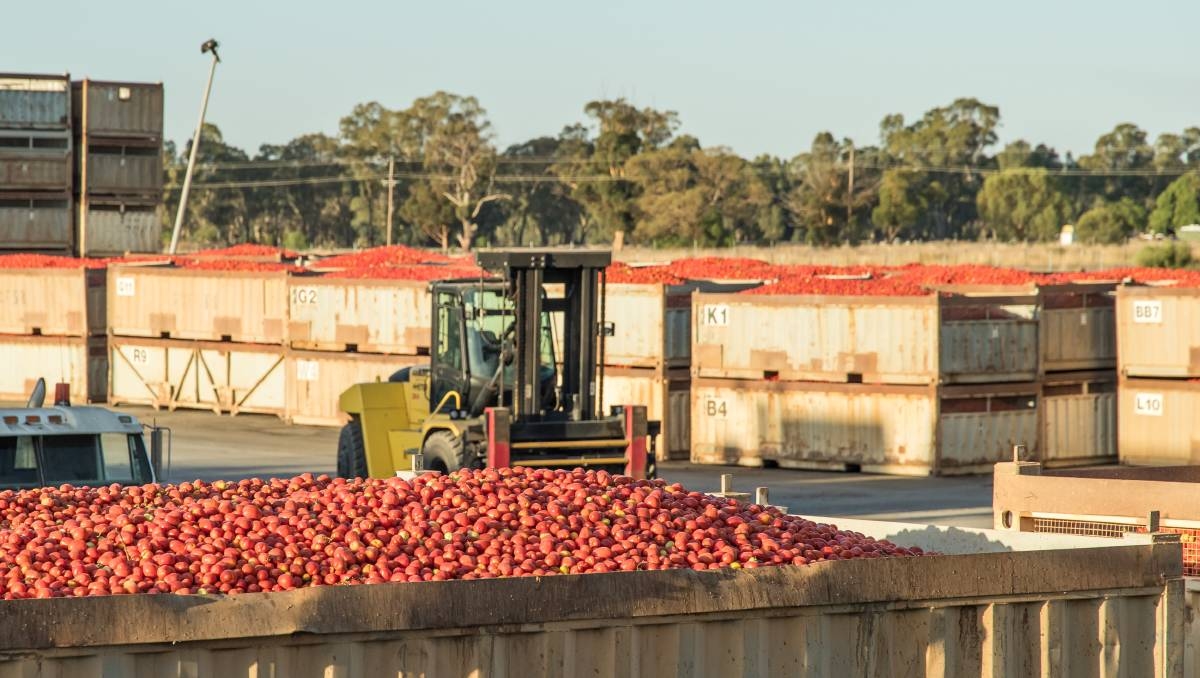
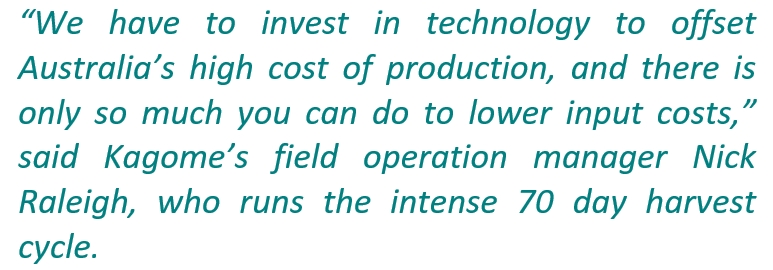 Kagome approached Microsoft’s partner, Advance Computing, to digitally transform the entire process. Advance Computing devised an Internet of Things (IoT) solution that incorporated data from on-farm sensors, in-truck devices and technology installed in Kagome’s loading bay to ensure that the company could have a clear window on its operations. The system is based on Windows 10 IoT devices and a range of Microsoft Azure cloud technologies, reporting and analytics tools.
Kagome approached Microsoft’s partner, Advance Computing, to digitally transform the entire process. Advance Computing devised an Internet of Things (IoT) solution that incorporated data from on-farm sensors, in-truck devices and technology installed in Kagome’s loading bay to ensure that the company could have a clear window on its operations. The system is based on Windows 10 IoT devices and a range of Microsoft Azure cloud technologies, reporting and analytics tools.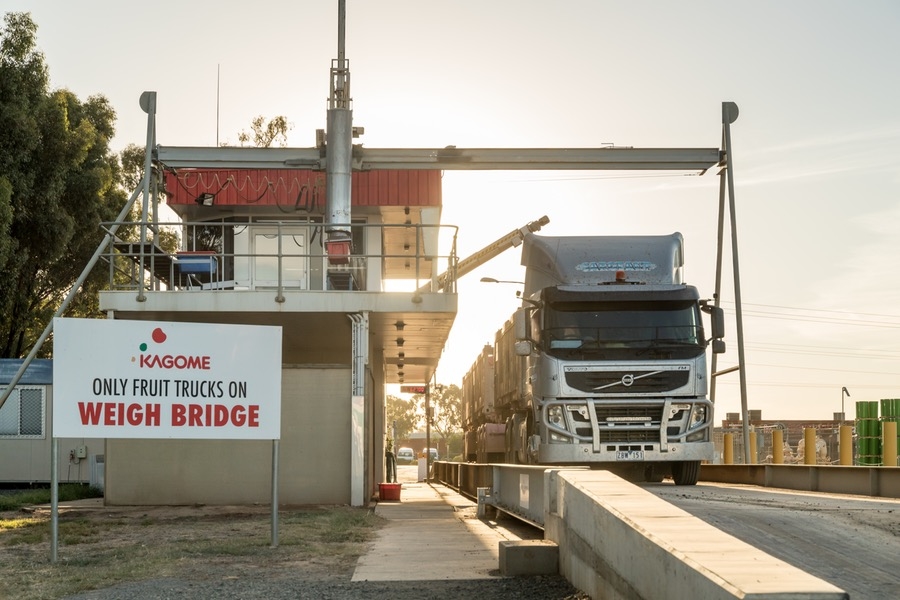 One hundred B-Double trucks deliver the tomatoes to the factory, where a weighbridge marries up the incoming bins with an accurate weight measure for the incoming delivery. When a bin crosses the weighbridge at the plant, and is tipped into the processing line, an IoT device reads when the bin was harvested and the GPS location it came from. The bins are then allocated to a product line, where the contents are processed into either tomato paste or diced tomatoes. Processed tomatoes are then fed into “pack-off” bins and barrels, which are also all RFID tagged, and then shipped to end users across the country and the globe.
One hundred B-Double trucks deliver the tomatoes to the factory, where a weighbridge marries up the incoming bins with an accurate weight measure for the incoming delivery. When a bin crosses the weighbridge at the plant, and is tipped into the processing line, an IoT device reads when the bin was harvested and the GPS location it came from. The bins are then allocated to a product line, where the contents are processed into either tomato paste or diced tomatoes. Processed tomatoes are then fed into “pack-off” bins and barrels, which are also all RFID tagged, and then shipped to end users across the country and the globe.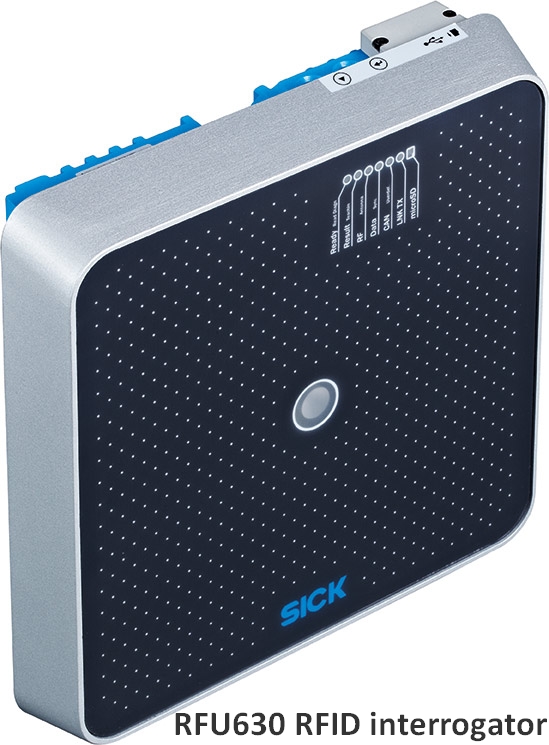 RFID allows real time identification of where the tomatoes come from and helps save time at the weighbridge. Indeed, truck time at the weighbridge has been reduced from twelve minutes previously to two minutes, allowing the truck driver to take an extra trip per 12-hour shift. With a fleet of twelve trucks and one truck loading an average of 42 tonnes of tomatoes, this means a productivity gain of 504 total tonnes. Thanks to the increase in reliable real-time data made available by intelligent identification technology from SICK, Kagome gained the possibility of making better decisions, thereby increasing productivity and efficiency, while reducing costs.
RFID allows real time identification of where the tomatoes come from and helps save time at the weighbridge. Indeed, truck time at the weighbridge has been reduced from twelve minutes previously to two minutes, allowing the truck driver to take an extra trip per 12-hour shift. With a fleet of twelve trucks and one truck loading an average of 42 tonnes of tomatoes, this means a productivity gain of 504 total tonnes. Thanks to the increase in reliable real-time data made available by intelligent identification technology from SICK, Kagome gained the possibility of making better decisions, thereby increasing productivity and efficiency, while reducing costs.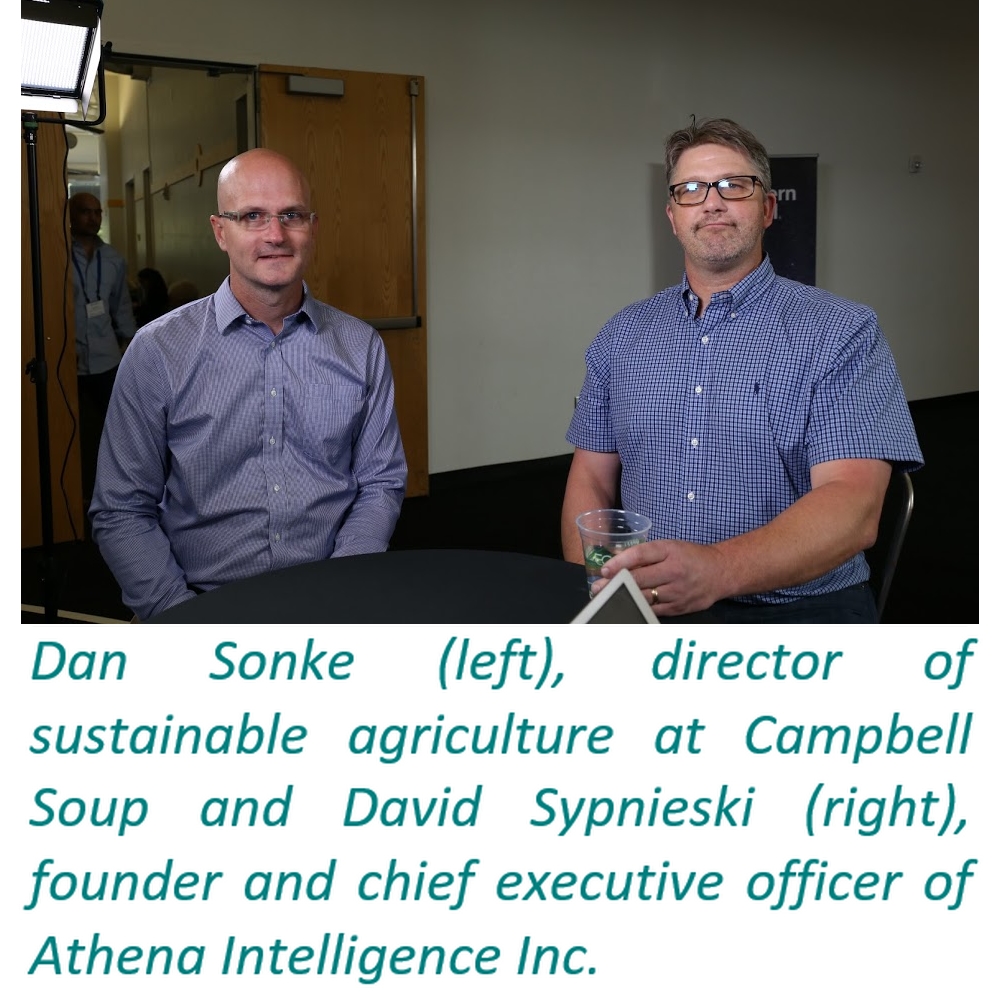 “It’s driving progress on the farm and creating systems that everyone can use more easily. That’s how we drive sustainability,” said Dan Sonke, director of sustainable agriculture at Campbell Soup.
“It’s driving progress on the farm and creating systems that everyone can use more easily. That’s how we drive sustainability,” said Dan Sonke, director of sustainable agriculture at Campbell Soup.